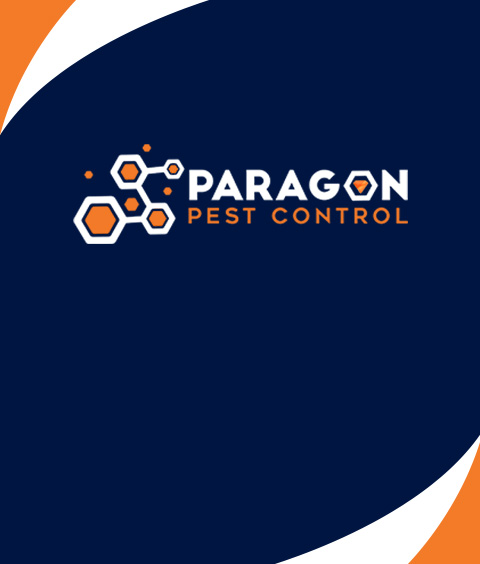Wildlife Spotlight: Honey Bees vs. Paper Wasps
You spot something flying near your eaves, or building a nest above the front door—and suddenly it’s panic mode. But not every flying insect is a wasp, and not every stinger means danger.
In the Dallas–Fort Worth area, one of the most common ID mixups we see is between honey bees and paper wasps. From a distance, they look similar. But how you handle each one should be completely different.
Here’s how to tell them apart.
Honey Bees
What they look like:
Honey bees are small, fuzzy, and golden-brown with darker bands. Their wings fold neatly over their backs when they’re at rest, and they tend to look more rounded than wasps.
What they’re doing:
Pollinating flowers, building hives inside walls, or swarming as they relocate to a new colony. They’re not interested in you unless you disturb their hive.
Where they nest:
Wall voids
Attic cavities
Tree trunks or hollows
Occasionally inside chimneys or rooflines
Are they dangerous?
Not typically. Honey bees are docile and sting only when threatened. If you’re seeing a lot of activity near one area, it may be a hive—and it’s important not to spray or swat. Bees are often protected and may need to be removed humanely.
Paper Wasps
What they look like:
Longer, sleeker, and shinier than bees. Paper wasps have smooth reddish-brown or black bodies with yellow markings. You’ll usually notice their long legs hanging below them as they fly.
What they’re doing:
Building open, umbrella-shaped nests under eaves, porches, or inside outdoor light fixtures. They’re protective of their nests and can become aggressive when disturbed.
Where they nest:
Roof eaves
Porch ceilings
Behind shutters
Inside grills, hose reels, or light fixtures
Are they dangerous?
Yes. Paper wasps can sting multiple times and will defend their nests. If you spot a paper wasp nest, especially near entryways or windows, it should be removed quickly and professionally.
Wildlife Spotlight TL;DR
If it’s round, fuzzy, and golden brown...
You’re probably looking at a honey bee. These pollinators are gentle and often protected. If they’re nesting near your home, we’ll help coordinate safe, humane removal.
If it’s long, shiny, and building a papery nest...
That’s most likely a paper wasp. They’re aggressive around their nests and pose a higher risk. These are safe to remove with the right treatment.
Not sure what it is?
Take a photo from a safe distance and give us a call. We’ll help identify the insect and walk you through what needs to happen next.
When in Doubt, Let Us Take a Look
We know these mixups happen all the time. That’s why we offer free inspections—and why our team is trained to identify what’s flying around your home, and whether it should be relocated, treated, or left alone.
Call Paragon Pest Control at 972-435-9797 or visit paragonpestdfw.com to schedule your inspection today.


